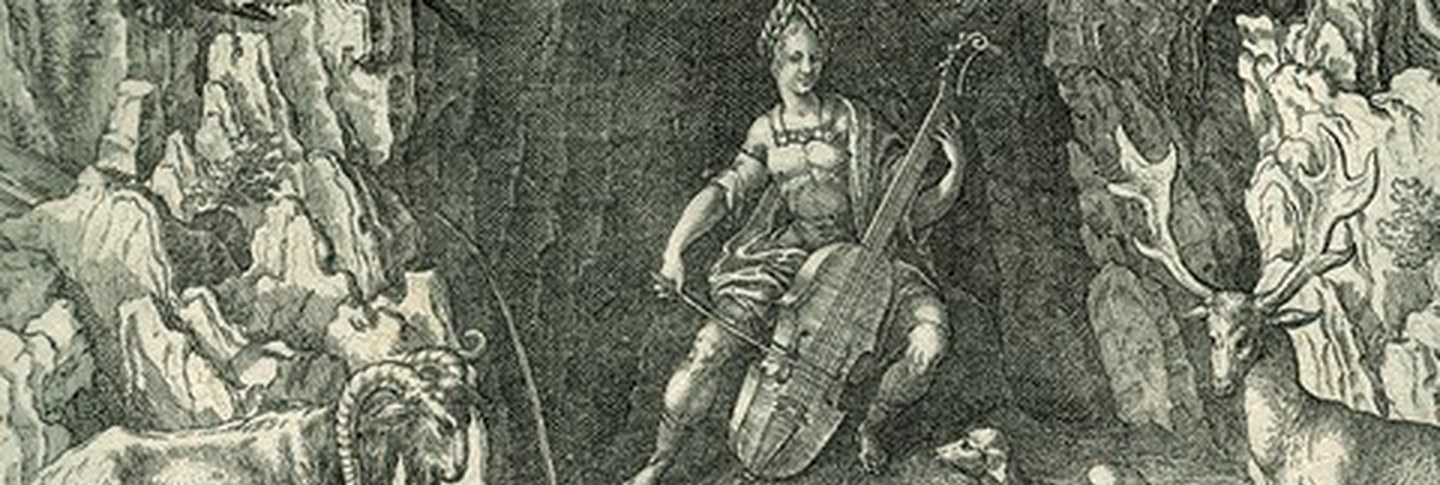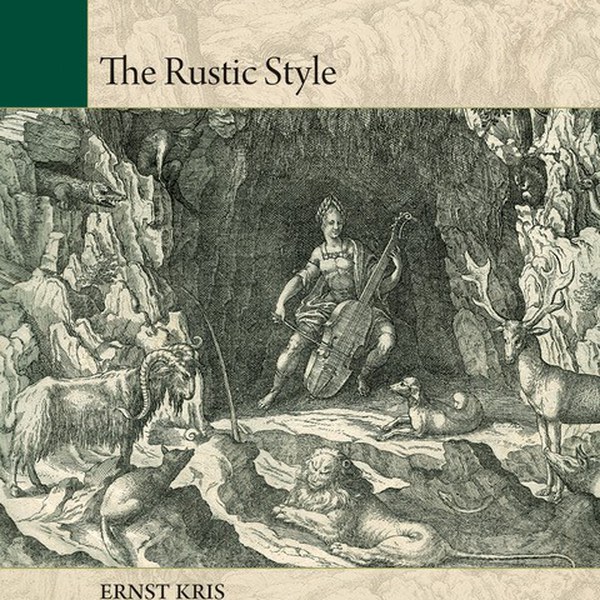FOR IMMEDIATE RELEASE
September 5, 2023
Media Contact
Elizabeth Panox-Leach
Communications Manager
Email: press@doaks.org
Tel: (202) 339-6400 x8978
WASHINGTON, DC – Dumbarton Oaks is pleased to announce a new translation from the Ex Horto series—Ernst Kris’s The Rustic Style, translated by Linda B. Parshall, with introductory essays by Robert Felfe and Anatole Tchikine.
Originating as a doctoral dissertation and first published in 1926, Ernst Kris’s The Rustic Style is a pioneering inquiry into the relationship between art and nature in early modern decorative arts and garden design. This precocious study—by a young Viennese museum curator who would subsequently make his name as a leading psychoanalyst—was an attempt to define the character of late-sixteenth-century naturalism. It put scientific observation at the service of elite artistic production, and the result was an ambivalent blend of lifelike plasticity, organic texturing, and material richness in which the use of advanced technologies, such as life casting, deliberately blurred the boundary between products of natural processes and human craft. This hybrid aesthetic, which Kris described as the “rustic style,” was championed by the two main protagonists of his essay, the goldsmith Wenzel Jamnitzer and the ceramist Bernard Palissy. It found a broader characteristic expression in the design of Renaissance grottos, where classical iconography and all’antica ornamentation often came to encode the environmental knowledge of the age.
This Ex Horto edition of The Rustic Style, accompanied by introductory essays by Robert Felfe and Anatole Tchikine, is made available in English for the first time in a masterly translation by Linda B. Parshall. A long overdue tribute to Kris’s pathbreaking scholarship, this lavishly illustrated book should appeal to anyone interested in the intersections of early modern art and natural history.
The volume will be available through our distributor, Harvard University Press.
###
About Dumbarton Oaks:
Dumbarton Oaks is a Harvard-affiliated research institute, library, museum, and historic garden in Washington, DC, born from the imagination and legacy of Robert and Mildred Woods Bliss, collectors of art and patrons of the humanities. The museum houses world-class collections of Byzantine and Pre-Columbian art, and a third collection exists in the garden, which Mildred Bliss created in partnership with renowned landscape designer Beatrix Farrand. The garden was voted one of the ten best gardens in the world by National Geographic and is perhaps the last remaining landscape in North America that hews closely to its original design. Buildings of architectural importance on campus include the 1963 Pre-Columbian Pavilion, designed by Philip Johnson and the 2005 research library designed by Venturi, Scott Brown and Associates.
Since 1940, when the Blisses gave the estate and collections to Harvard University, Dumbarton Oaks has supported the advance of knowledge in the three areas of Byzantine, Pre-Columbian, and Garden and Landscape Studies through a fellowship program and other awards; scholarly conferences; publications; and digital initiatives. In recent years, Dumbarton Oaks has extended its service to the community by developing collection-based educational programs for DC students and strengthened its profile in the arts. Learn more at www.doaks.org.

